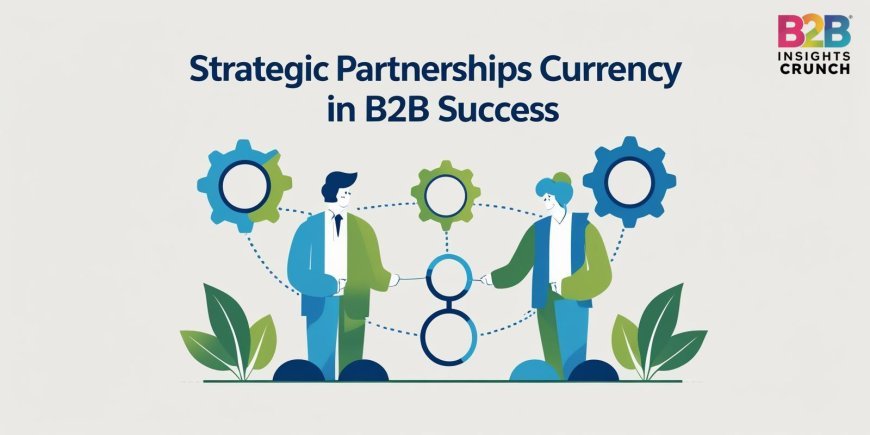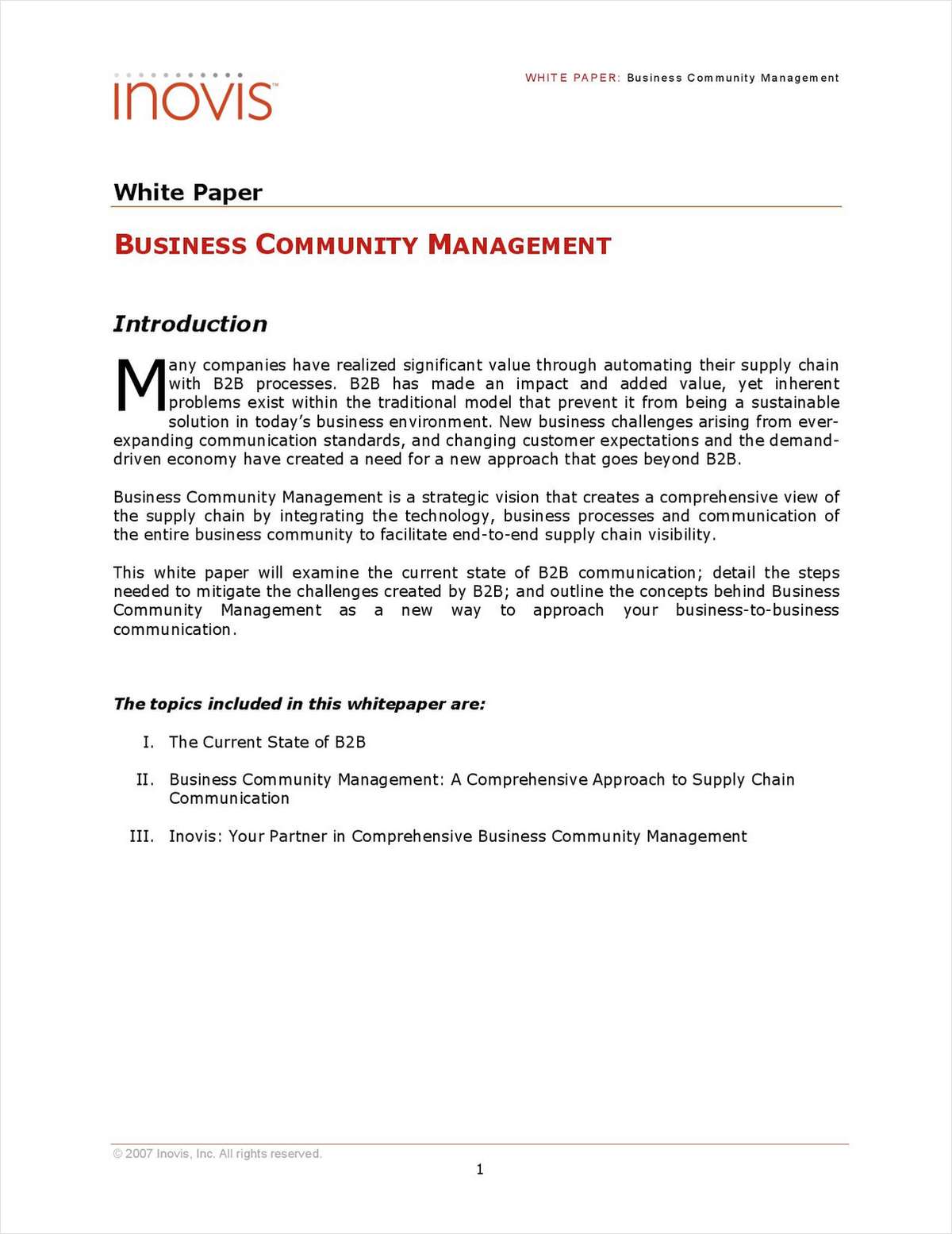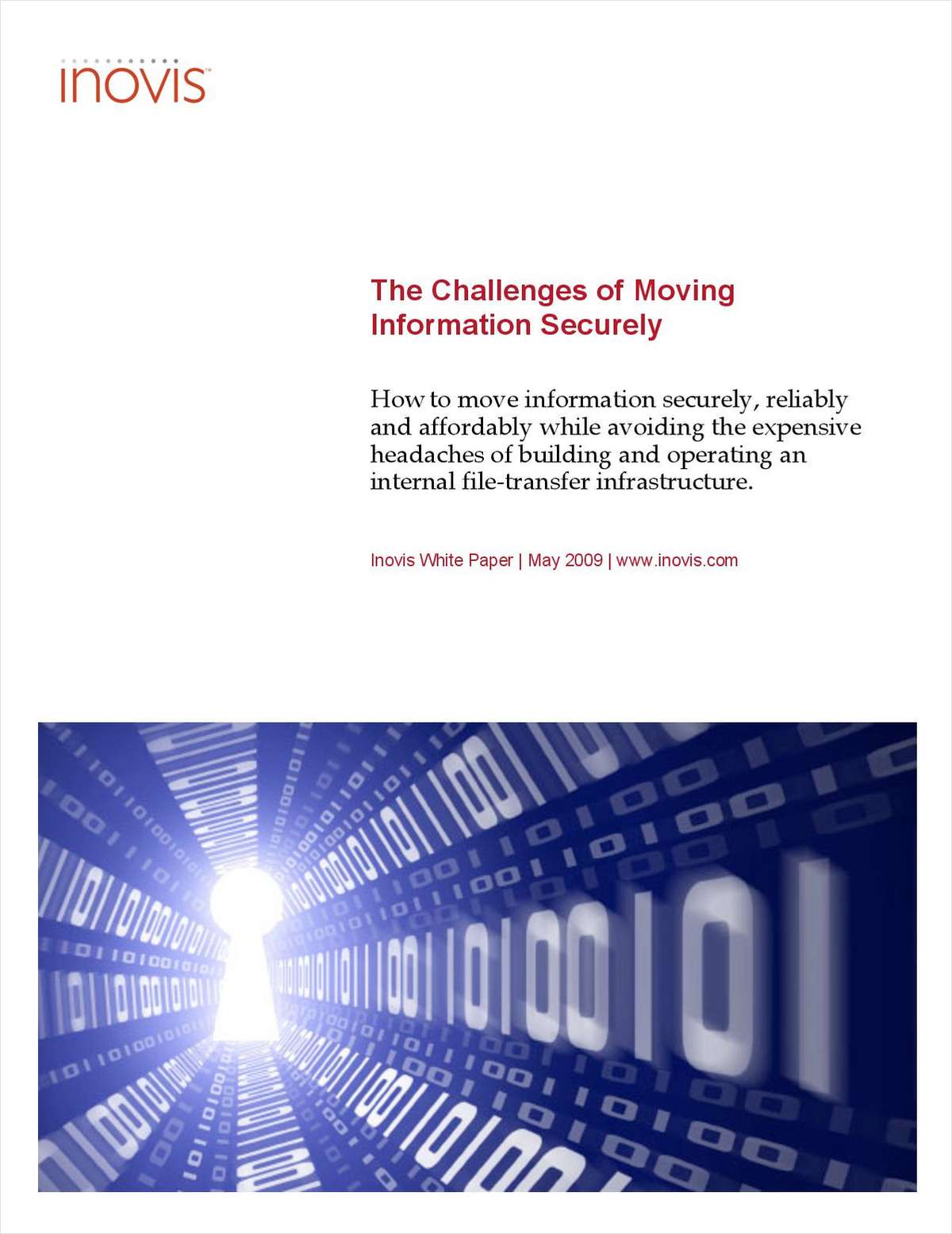Strategic Partnerships: The New Currency in B2B Success

Strategic Partnerships: The New Currency in B2B Success
In today’s fast-paced and interconnected business world, the old notion of going it alone is becoming increasingly outdated. For B2B companies looking to thrive and grow, strategic partnerships have emerged as the new currency of success. These alliances, when thoughtfully cultivated, unlock opportunities that extend far beyond traditional vendor or client relationships. They become powerful vehicles for innovation, market expansion, and mutual growth, redefining how businesses operate and compete.
At its core, a strategic partnership is about collaboration rooted in shared goals and complementary strengths. Instead of simply focusing on transactional exchanges, businesses are forging deep, long-term relationships that enable them to leverage each other’s resources, expertise, and networks. This shift reflects a broader trend in the B2B landscape where value creation is increasingly linked to ecosystems rather than isolated players. Companies recognize that no single entity holds all the answers, and by working together, they can solve complex challenges more effectively.
One of the biggest advantages of strategic partnerships lies in the ability to accelerate innovation. When two or more companies pool their talents and technologies, new possibilities arise that neither could have achieved alone. Whether it’s developing cutting-edge products, optimizing supply chains, or enhancing customer experiences, collaboration sparks fresh ideas and accelerates time to market. In many cases, these partnerships open doors to R&D efforts and access to markets that might have seemed out of reach, making the innovation cycle more dynamic and impactful.
Moreover, strategic partnerships help companies navigate the increasingly complex global marketplace. Entering new regions or industries often requires deep local knowledge and connections, and partnering with established players can ease this transition. Such collaborations reduce risks, lower costs, and enhance credibility with prospective customers. It’s a way of combining strengths to create a more compelling value proposition and competitive edge that neither partner could easily achieve independently.
Building these partnerships is not without its challenges, though. Trust is the foundation, and cultivating it takes time, transparency, and open communication. Companies must be willing to share more than just resources-they need to align their visions, be flexible, and address potential conflicts proactively. A successful partnership demands ongoing attention and mutual commitment, where both parties feel equally invested in the shared journey.
Interestingly, the nature of strategic partnerships is evolving alongside technology trends. Digital platforms are making it easier to identify, connect, and collaborate with the right partners worldwide. Data sharing, cloud services, and integrated workflows help streamline joint efforts and provide real-time insights that strengthen decision-making. These tools are breaking down traditional barriers and enabling more fluid, agile collaborations that respond quickly to market shifts.
As B2B companies look toward the future, strategic partnerships will increasingly serve as vital engines for resilience and growth. They enable businesses to be more adaptive in volatile markets, tap into new customer segments, and co-create solutions that deliver greater value. Far from being a mere business tactic, partnerships are becoming a strategic imperative-one that can transform how companies innovate, compete, and succeed.
Ultimately, the businesses that master the art of partnership will not only survive but thrive in the evolving B2B ecosystem. By embracing collaboration as a core strategy, they can build networks that are stronger, smarter, and more capable of driving sustained success in a world that rewards connection and cooperation. Strategic partnerships have truly become the new currency-one that pays dividends in innovation, growth, and lasting impact.





















